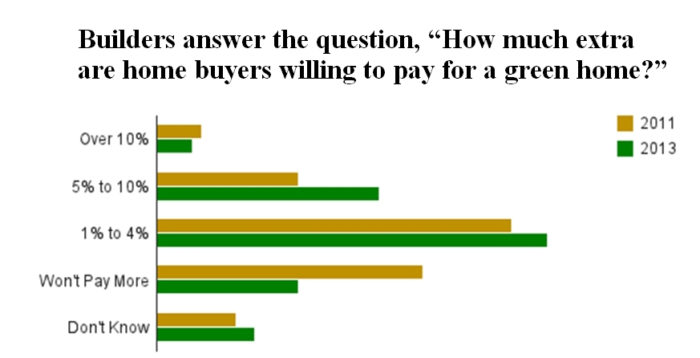
Image Credit: McGraw Hill Construction
According to a national survey of 116 single-family home builders, developers, and remodelers performed by McGraw Hill in 2013, 73% of those surveyed said that home buyers will pay more for a green home. This is up from 61% in 2011. (The study defined a green home as one that incorporates environmentally sensitive site planning, resource efficiency, energy and water efficiency, improved indoor air quality, and homeowner education — or projects that would comply with the ICC 700 National Green Building Standard or other credible rating system.)
What builders think
A breakdown of how much those surveyed expected buyers to pay additionally for a green home is shown in the graph above. The most common estimate was that buyers were willing to pay an additional 1% to 4% for green features.
The same builders were asked how much it would cost to incorporate green features. Their estimates are shown in the pie chart below.

The most common estimate was that building green would cost an additional 5% to 10%. So on average, builders think it costs more to build green than home buyers are willing to pay.
What home buyers say
In another national survey, this time of recent and prospective home buyers performed by the National Association of Home Builders (NAHB) in 2012, home buyers said they are willing to pay an additional $7,095 (about 3.5%) up-front for a $1,000 annual savings on their utility bills, and 91% of them said they wanted an Energy Star rated house (28% said that Energy Star was essential, while 63% said it was desirable).
What home buyers do
In a study of 1.6 million home sales in California from 2007-2012 it was found that homes with an Energy Star, LEED for Homes, or GreenPoint certification sold for an average of 9% or $34,800 more than homes with no such certification. The study also estimated that the incremental cost for builders to achieve theses certifications was at most $10,000.
A much smaller study in the Seattle and Portland areas found similar results: 68 certified homes in Seattle sold at an average price premium of 9.6% and 24 in Portland sold for a 3% to 5% premium. The certified homes also sold 18 days faster than non-certified homes. A similar study has not been performed on a national level to date.
So, while builders think buyers will only pay an extra 1% to 4%, and home buyers themselves say they will pay 3.5%, in reality (on the West Coast at least), green homes are selling for about 9% (that is, $34,800) more!
Nick Sisler is a co-founder and engineer at Ekotrope, which provides software and energy consulting for builders. Ekorope’s software is a RESNET accredited HERS and IECC Performance rating tool. Nick holds a bachelor’s degree in Mechanical Engineering from MIT.
Weekly Newsletter
Get building science and energy efficiency advice, plus special offers, in your inbox.




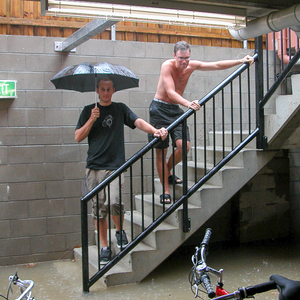
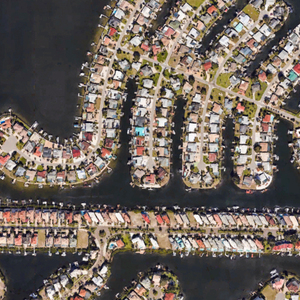
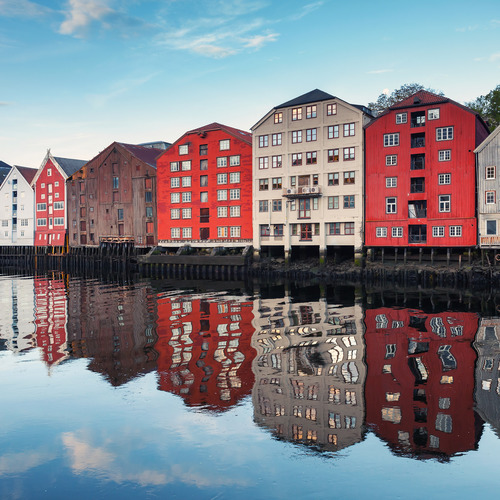
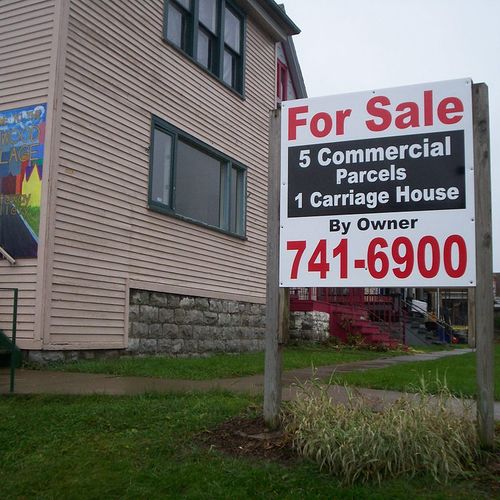






2 Comments
This is Encouraging, But....
My market is infill redevelopment in Denver. I'm not seeing that much interest in energy efficiency from buyers. My experience is still more like what Carl Seville encountered last year: https://www.greenbuildingadvisor.com/blogs/dept/green-building-curmudgeon/why-single-family-green-homes-are-slow-catch
Since my focus is on zero energy homes, I'm still hoping that consumer's interests will trend toward greener building. Here's a Denver company trying their best to get the word out: https://www.youtube.com/watch?v=2U5BGvU5yhU
Comfort, comfort, comfort
It all depends on how you sell it. I believe that COMFORT is an aesthetic value that everybody wants. In green modeling my own home, I spent money that I will probably never get back in my lifetime, but I gained usable space in spare bedrooms that were unusable before.
Actually, if I broke the bank and spent more on heat (and cooling) in those spaces, I could argue that I will get that money back.
Bottom line, green homes should be sold, not only on energy savings, low carbon footprint, but also on comfort.
Log in or create an account to post a comment.
Sign up Log in